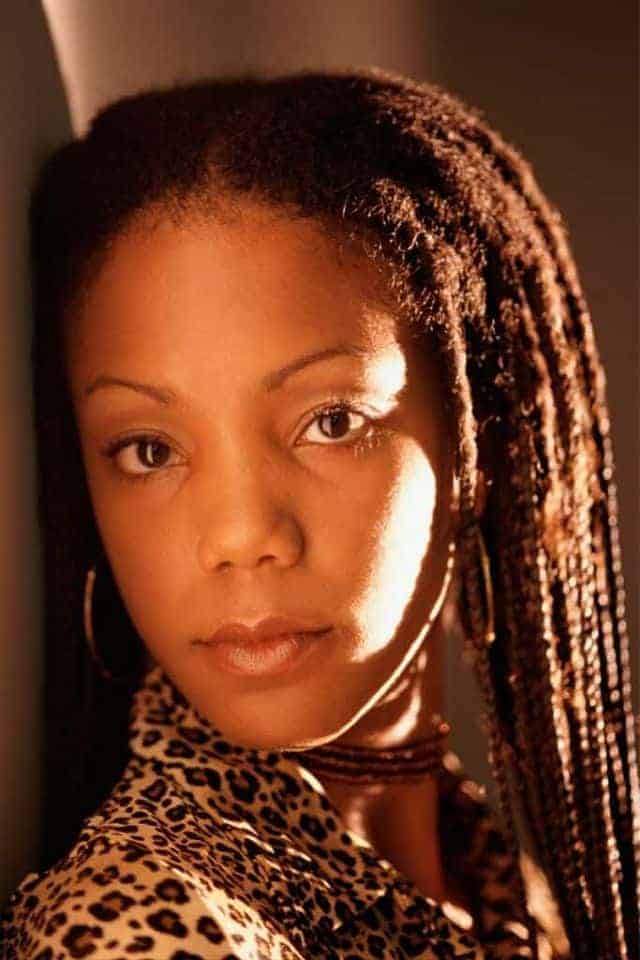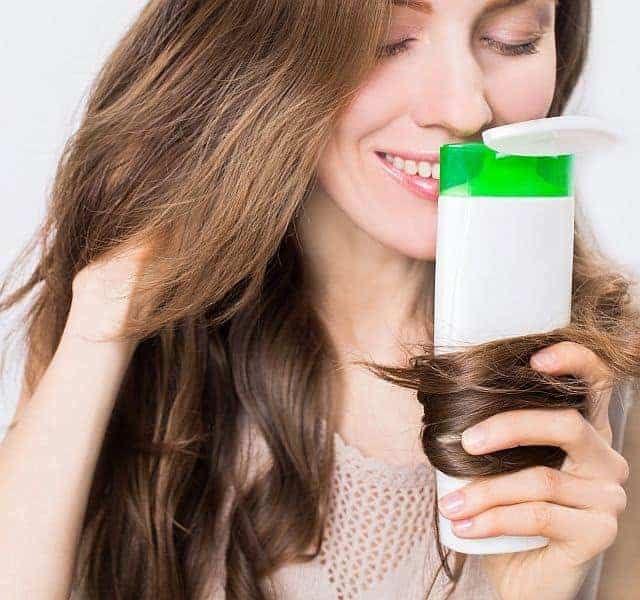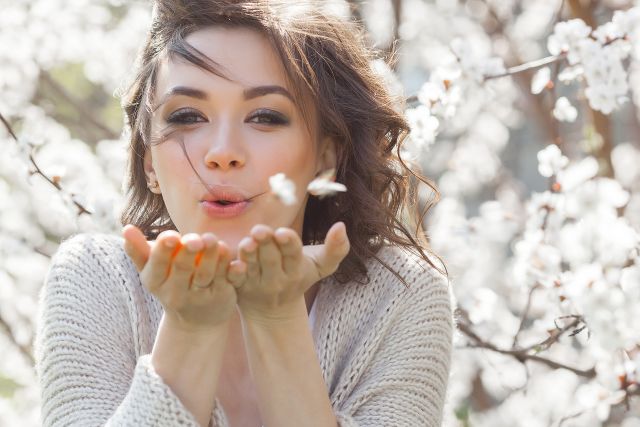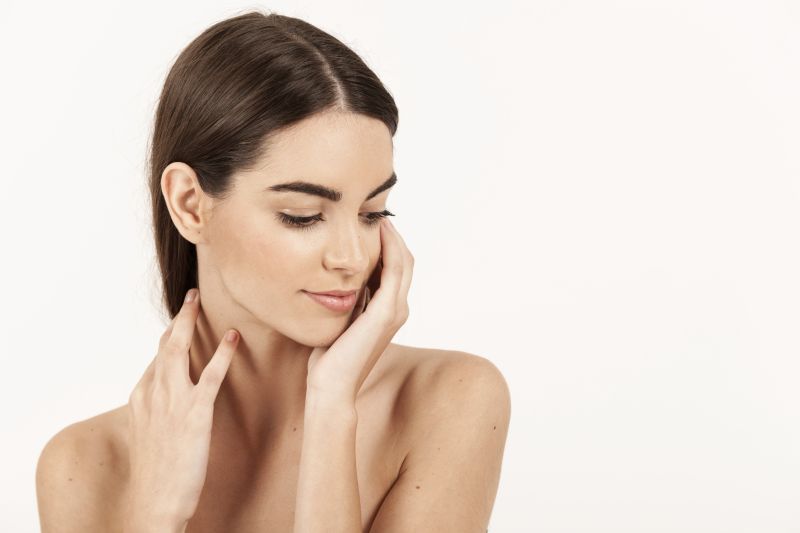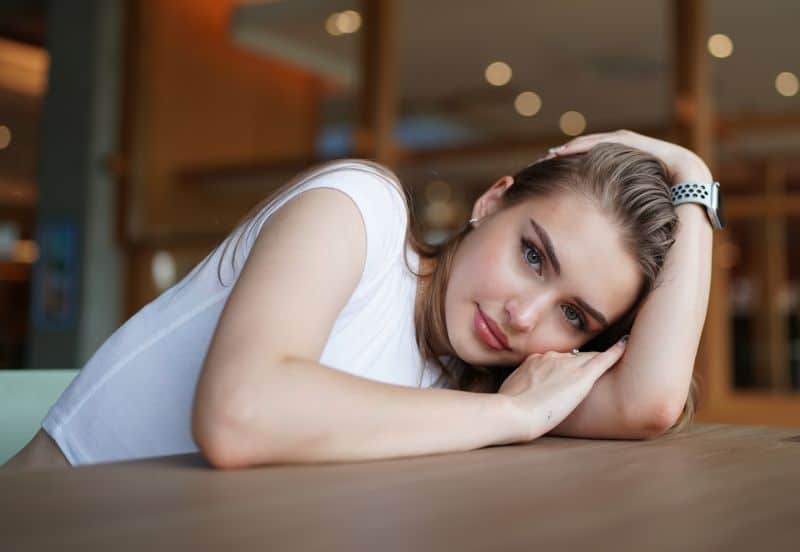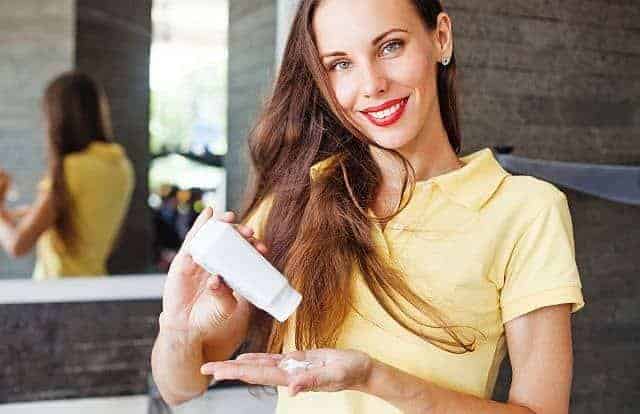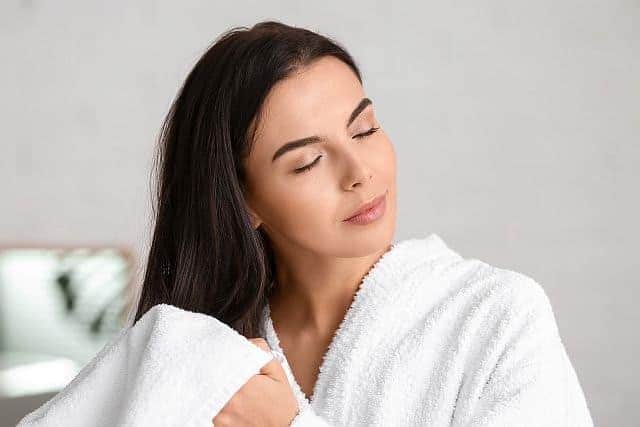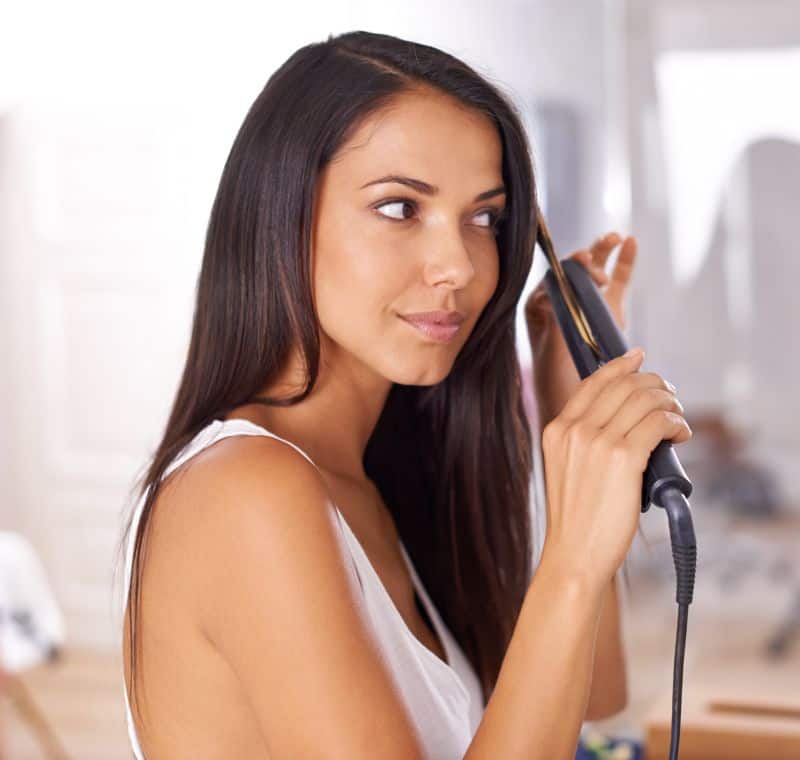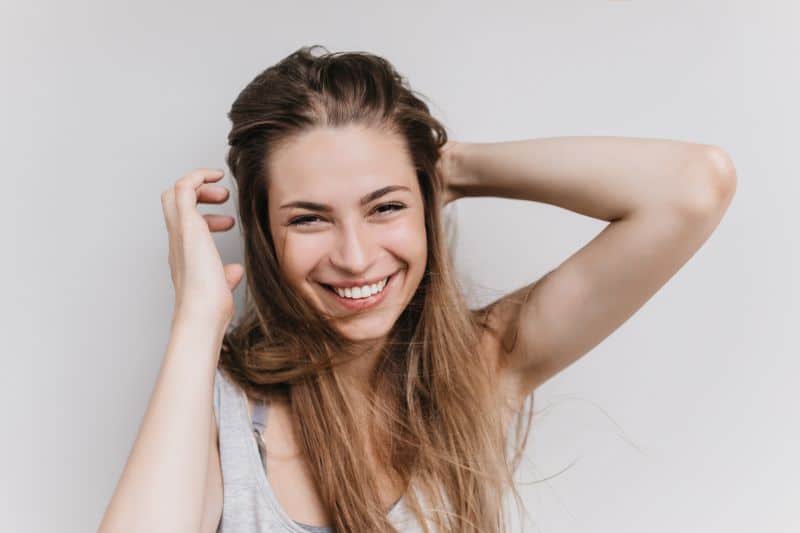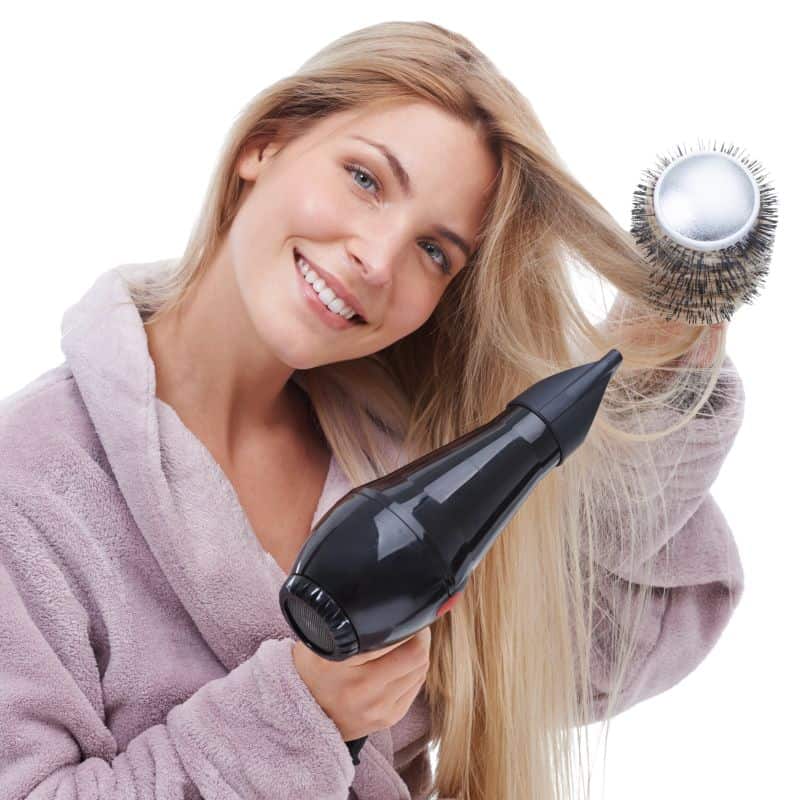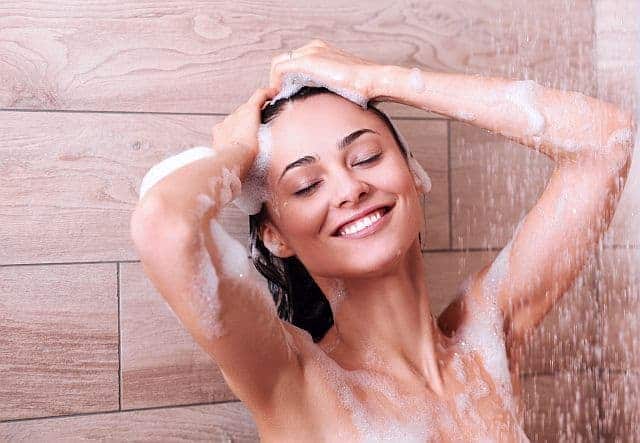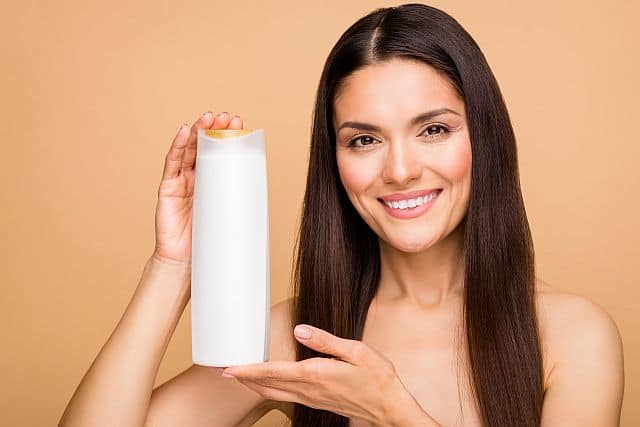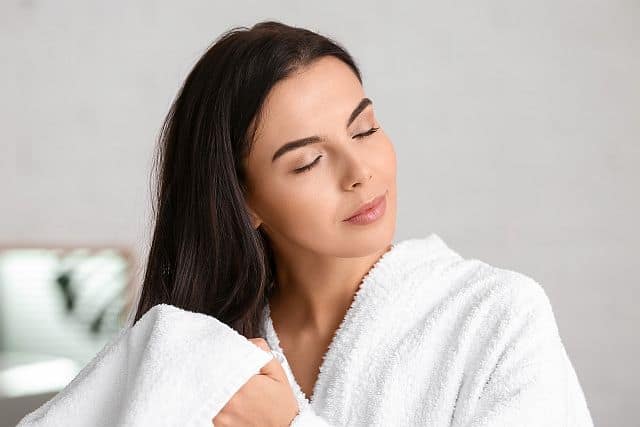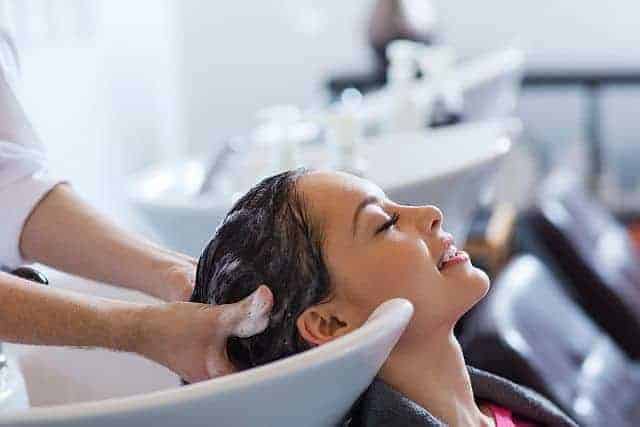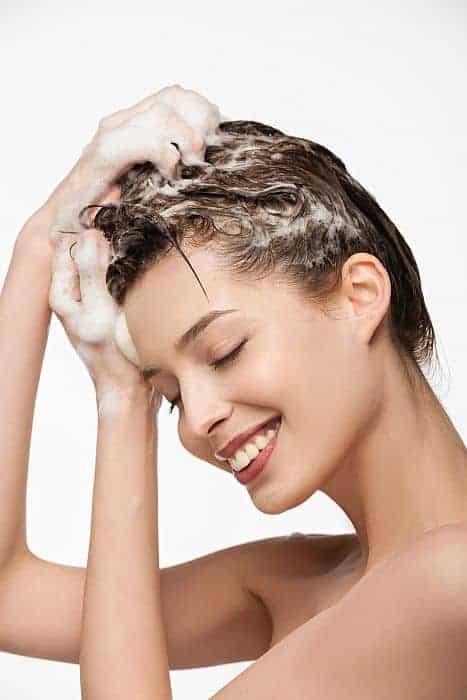Dreadlocks are a convenient hairstyle that looks wonderful on both women and men. Once they are established and get to the length that you want them, dreads require relatively minimal maintenance.
Dreadlocks work especially well for individuals with kinky coiled hair that is hard to tame. While it is easier for people with naturally curly hair to dreadlock their hair, people with straight hair can get beautiful locks also.
Dreadlocks don’t require daily brushing and styling like normal hair. They also don’t need regular trimming. They do require regular washing and proper care to look their best though. Some of the consequences of not keeping dreadlocks clean include unpleasant smell, itching of the scalp, excessive dandruff, and growth of mold and mildew.
If you care for them properly, dreadlocks are a much healthier hairstyle than styles achieved by chemical processing such as perming or straightening.

How to Wash Your Baby Locks
It is advised to avoid shampooing your hair for the first two weeks after you start dreading to give your locks time to form properly. If during this initial locking process your hair feels greasy, washing your dreads is recommended to prevent them from loosening. Excess oil makes hair slippery and inhibits the locking process.
To prevent your baby dreads from coming undone during washing, put rubber bands at the base and tips of your dreads. To avoid over-manipulating your locks, stretch a nylon stocking over your head before washing. Consider buying a washing cap made specifically for dreadlocks, which is designed to protect small or delicate locks from loosening while you are washing them.
To keep your locks healthy and neat, wash them at least once a week. If your hair is very oily, or you are sweating a lot during a workout, you need to wash your hair more frequently. Properly formed dreadlocks can be washed once or twice a week. Be careful, because over-washing your locks can unravel them. Another reason to avoid daily washing is that your dreadlocks take a long time to dry.
Washing Mature Dreadlocks
Regular washing of your dreadlocks is crucial because your scalp’s natural oils tend to lubricate the hair, causing dreadlocks to lose their shape.
Give your locks a good soak by running warm water over them. Apply shampoo to the scalp and roots of your dreadlocks. If you’re using a soap bar, rub it between your hands or against your scalp to work it into a lather. Focus on cleansing the roots and the scalp. Use the tips of your fingers to scrub the scalp to remove excess sebum and dead skin cells. You can also use a dreadlock shampoo brush to get in between the dreads, giving your scalp a good massage. A scalp massage helps exfoliate the scalp, stimulates blood flow, and strengthens the follicles.
Let the shampoo sit for a couple of minutes before rinsing. Hold your head down, allowing the shampoo lather to run through your locks while you gently squeeze and release them.

Importance of Proper Rinsing
Rinse your dreads using lukewarm water, while squeezing repeatedly, to get all the shampoo out of the hair. Make sure that there’s not any remaining residue within your locks when you finish washing. Shampoo residue coats the hair shaft, slowing the drying process and causing scalp irritation.
A conditioner is not good for dreads because conditioners contain lubricating and detangling ingredients that can loosen them.
To maintain shine, restore pH balance, and kill mold, apply a vinegar rinse twice a month after shampooing. Apply to your clean, wet hair, massage it into the scalp, and let it sit for a few minutes.
How to Dry Your Dreadlocks
After giving your dreadlocks a good squeeze, wrap them up in a large microfiber towel. Pinch each lock with a towel to dry them as much as possible. Leave the towel on for 10-20 minutes to help draw out residual moisture.
Dreadlocked hair takes a long time to dry because tightly packed hair strands don’t allow for proper air circulation. If you let your locks air dry, make sure they don’t sit damp for any longer than two hours to prevent an unpleasant smell and the growth of mold and mildew. Use a hair dryer to help your hair dry faster and to get the hair inside the locks as dry as possible.
Never go to bed when your dreads are still damp, as this will encourage mold and mildew issues. Don’t wash your hair later in the evening to allow it time to dry fully.
To speed up the drying process and ensure that your hair is completely dry, invest in a bonnet hair dryer or a bonnet hair dryer attachment.

Best Shampoos for Dreads
Most ordinary shampoos are unsuitable for washing dreadlocks. Regular shampoos contain fragrances, conditioners, softeners, thickeners, and other synthetic additives that lubricate the hair, stopping it from matting and causing the loosening of knots. Dreadlocked hair tends to hold residue much more than straight hair. Residue build-up can clog your pores, extend drying time, and cause an unpleasant odor. Chemicals trapped in your dreadlocks can also cause your scalp to itch and may inhibit hair growth.
Look for shampoos made with natural and organic ingredients that prevent irritation and dandruff, keep optimal pH balance, and stimulate hair growth. Residue-free shampoos, made from herbs, keep your hair grease-free and enable your strands to lock faster and tighter.
For proper cleansing and better lock formation, select a shampoo that is created specifically for dreadlocked hair. A shampoo for dreads leaves your hair clean and relieves an irritated scalp. It helps your dreads to lock up by leaving the strands squeaky clean. Your dreads will also dry more quickly.
1. Dollylocks Coconut Lime Grapefruit Liquid Dreadlock Shampoo is a residue-free shampoo formulated to meet the unique needs of dreadlocks. It is made with pure botanicals and coconut-based surfactants. It is pH-balanced and hypo-allergenic. Some of the coconut-derived ingredients tend to become solid in colder temperatures, but this will not negatively affect the product’s quality. To get the shampoo back to a fully liquid state, immerse the bottle in warm water and shake it up a few times before using it.
2. Dollylocks Nag Champa Liquid Dreadlock Shampoo is another residue-free shampoo from the same brand. The exotic, earthy floral Nag Champa scent will leave your hair feeling refreshed.
3. Dollylocks Nag Champa Dreadlock Shampoo Bar is a residue-free shampoo bar, formulated with pure organic ingredients. It refreshes and soothes the irritated scalp and increases hair elasticity.
4. Knotty Boy Dreadlock Shampoo has a very cool minty smell that will leave your locks feeling clean and refreshed. This residue-free shampoo cleans your dreads, keeps them from getting over-dry, and helps soothe scalp irritation. This product is completely biodegradable.
5. Dread Head Dreadlock Soap leaves your hair clean and relieves an irritated scalp. It leaves the strands squeaky clean and rinses out easily without leaving any smell or residue behind.
